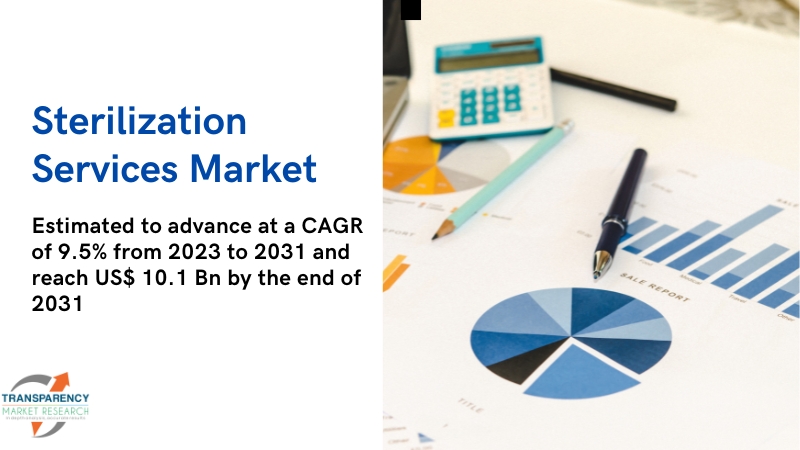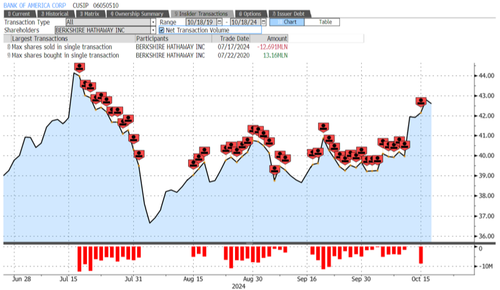
Activity in the U.S. oil and gas sector slowed down in the third quarter, potentially settling an unofficial debate about the industry: can the boom continue forever, or is it time to take a break? According to the Dallas Fed , it's time to take a break and take stock.
In its latest energy survey, the Dallas Fed reported that oil activity was slightly higher in the third quarter compared with the second, but gas activity was substantially down, confirming other reports pointing towards curbs in gas production and slower growth in oil production after significant output gains in both last year. if(window.innerWidthADVERTISEMENTfreestar.
config.enabled_slots.push({ placementName: "oilprice_medrec_atf", slotId: "oilprice_medrec_atf" });';document.
write(write_html);} This is the second quarter of modest growth in oil production, per the Dallas Fed, which suggests the slowdown may be a trend rather than a temporary occurrence. There are plenty of reasons for the emergence of this trend, too. One, as usual, is the price of oil and gas.
Another, special for this quarter, is the November election and the implications of its outcome. The importance of prices was highlighted in the special questions section of the survey. Asked by the Dallas Fed whether their companies planned to boost production in the Permian once the current natural gas pipeline shortage was eliminated, as much as 80% of respondents answered in the negative.
The overwhelming majority of respondents also signaled there is plenty of crude oil offtake capacity in the most prolific shale play, with 92% saying they did not expect any oil production constraints from the pipeline segment between now and 2026. Yet production is not rising as fast as it probably could and as it did last year. And oil companies are not eager to change this, especially right now.
In fact, some of them expect much higher oil prices in the medium term because of the decline in U.S. shale.
Related: Oil Jumps as Middle East Tensions Ignite Supply Fears "We stand by the hypothesis that the world is swiftly running out of $60 barrels on the way to $100+ barrels within the next five years," one industry executive told the Dallas Fed. "OPEC is being punished short term for ceding market share. To us, it appears to be a savvy "oil storage" policy.
" Savvy oil storage policy or not, OPEC+ just this week signaled it was not going to stick to this policy forever, with the FT reporting that Saudi Arabia was considering a reversal of the production cuts in order to regain market share as it gets used to lower prices for longer. Russia's Alexander Novak, meanwhile, said Thursday there was no change to plans to start bringing back supply in December. if(window.
innerWidth ADVERTISEMENTfreestar.config.enabled_slots.
push({ placementName: "oilprice_medrec_btf", slotId: "oilprice_medrec_btf" });`;document.write(write_html);} The two reports led to a sharp drop in oil prices, demonstrating yet again how strong demand concerns are at this point and how few the bullish factors are. As one Dallas Fed survey respondent summed it up, "Deflationary pressures in China continue to curtail oil demand.
India is buying cheap Russian oil, which is also helping cap world prices. Future OPEC+ production allotments are uncertain. The lack of a war-price premium in product prices is a concern.
" That respondent added that prices could fall as low as $55 per barrel "depending on whether the U.S. is entering a recession.
" That price level would not be conducive to strong supply growth, regardless of new drilling efficiency gains—if only because major production gains would only depress prices, further hurting producers. This is what happened in natural gas, with producers seeing their profits plummet due to excess production and even dipping into negative territory when they began to shut in wells and delay drilling plans. The result: natural gas production is on the decline, as confirmed by the latest Dallas Fed survey.
This supply constraint will eventually lead to higher prices, and the industry might not need to wait too long for that, what with the forecast boom in electricity demand from data center operators. Overall, however, the outlook for shale may be cause for concern, at least according to some industry executives. As one respondent put it, "U.
S. shale will decline in a similar fashion to how Hemingway went bankrupt: "Gradually, then all of a sudden." Why do you think very sophisticated firms, worth tens of billions of dollars, are selling out to the super majors for equity despite a market-leading Permian footprint?" The comment of that respondent chimes in with comments made this week by the chief executive of Quantum Energy Partners, who said that "The US shale revolution has run its course.
" Wil VanLoh went on to add that, "Clearly the investors have put oil and gas companies on a very short leash. They've required a massive amount of the cash flow every year to get returned to shareholders." However, he also said, "We've tripled oil production in the last 15 years and we have doubled natural gas production.
" After that boom, "there's not a lot of gas left in the tank," VanLoh argued, suggesting major supply gains were unlikely in the future. Even so, U.S.
shale has surprised before and it may yet surprise again—but not until prices are right and prices are getting further from right every day now. So, another major production gain this year, like last year, is indeed looking less likely by the day. By Irina Slav for Oilprice.
com More Top Reads From Oilprice.com.














